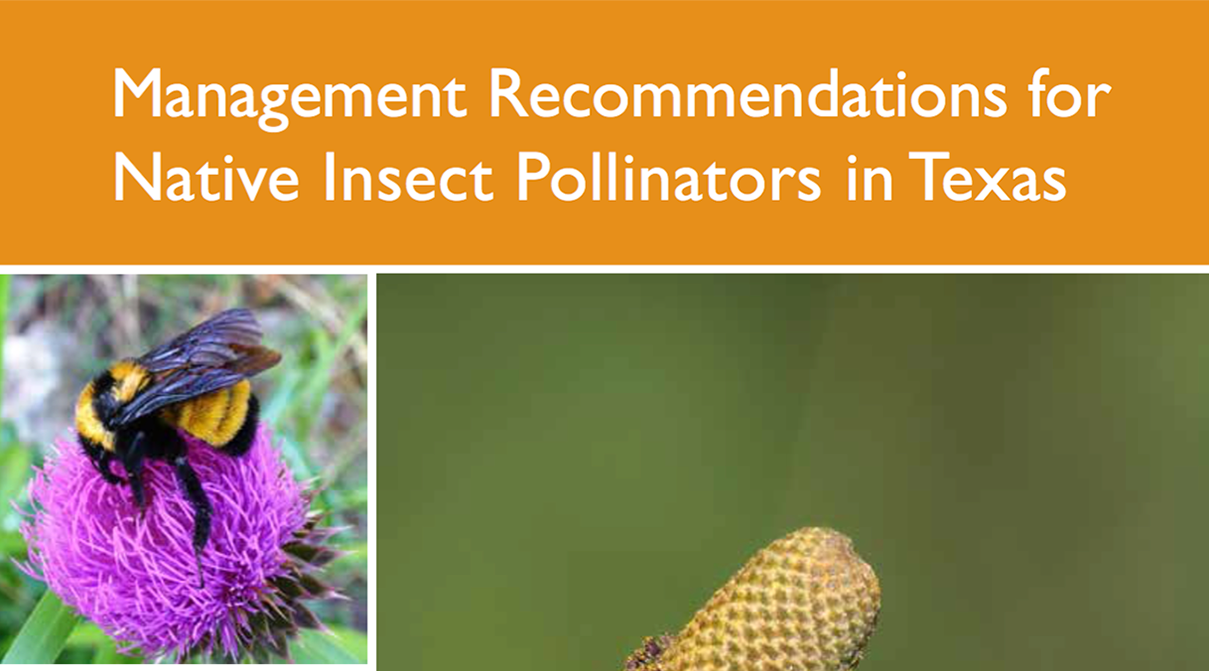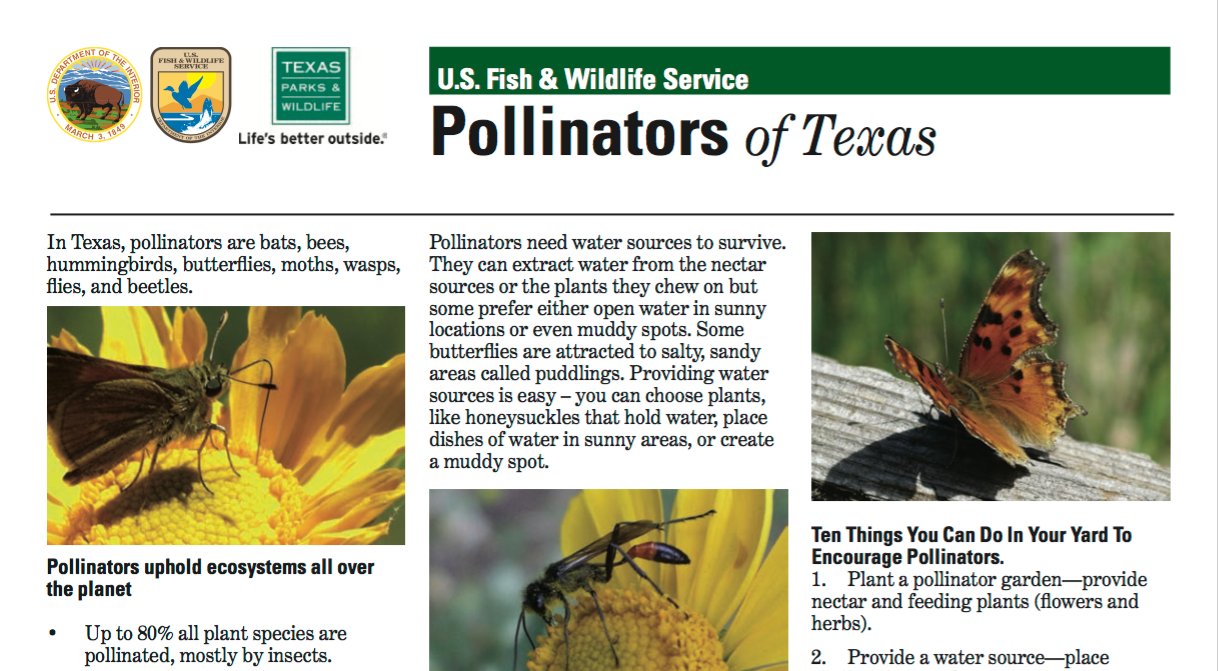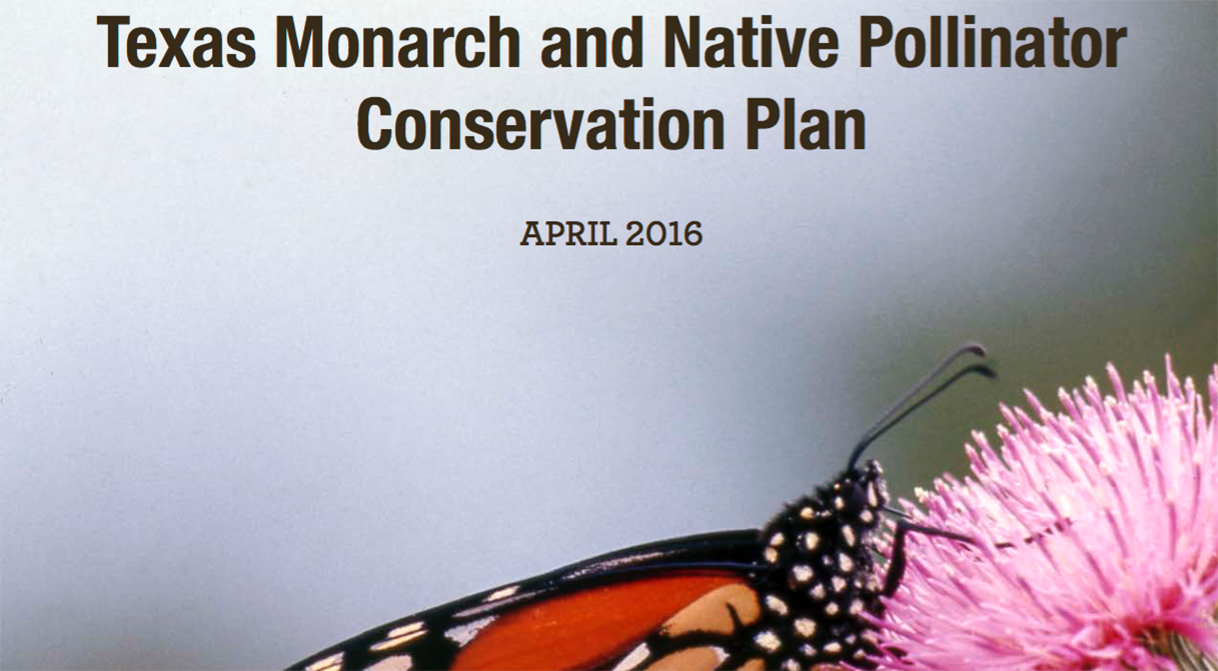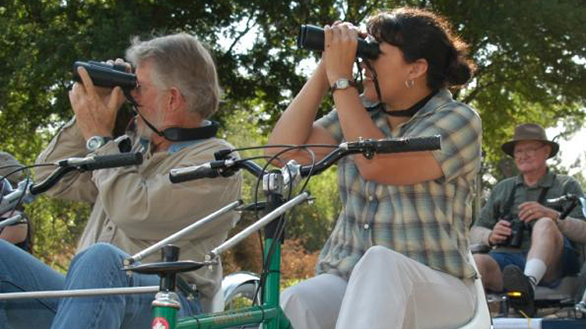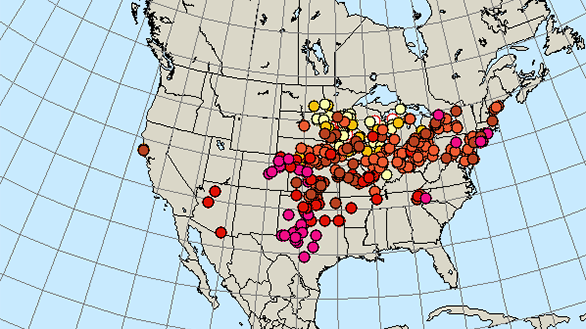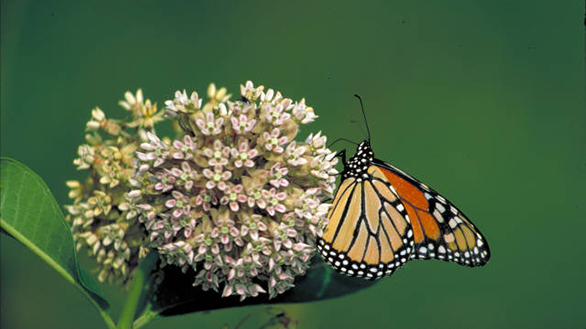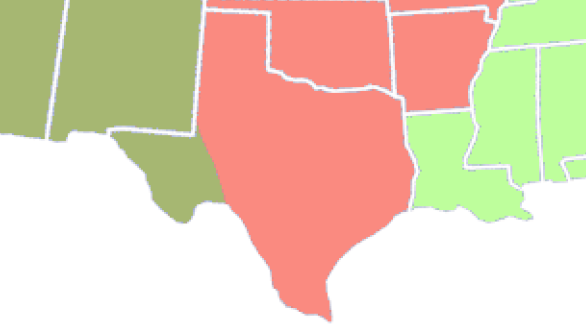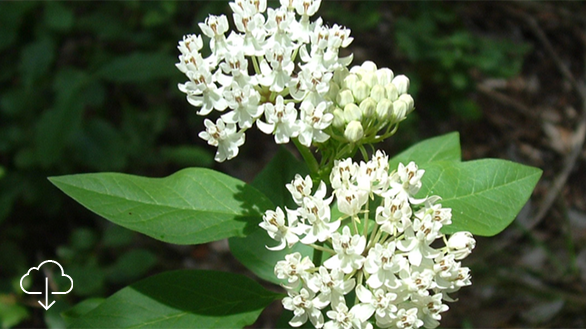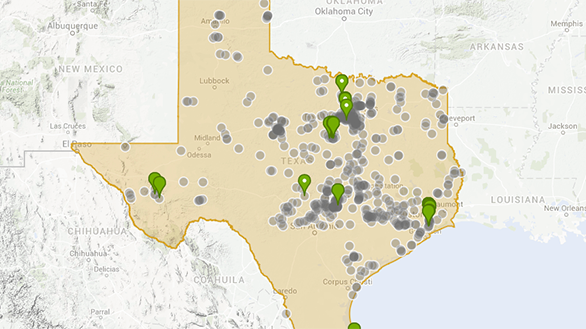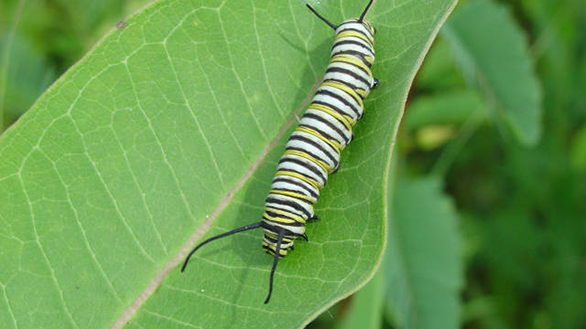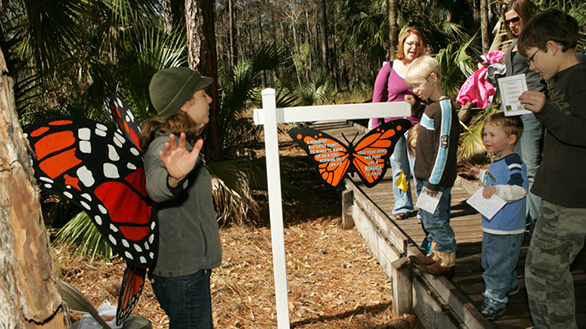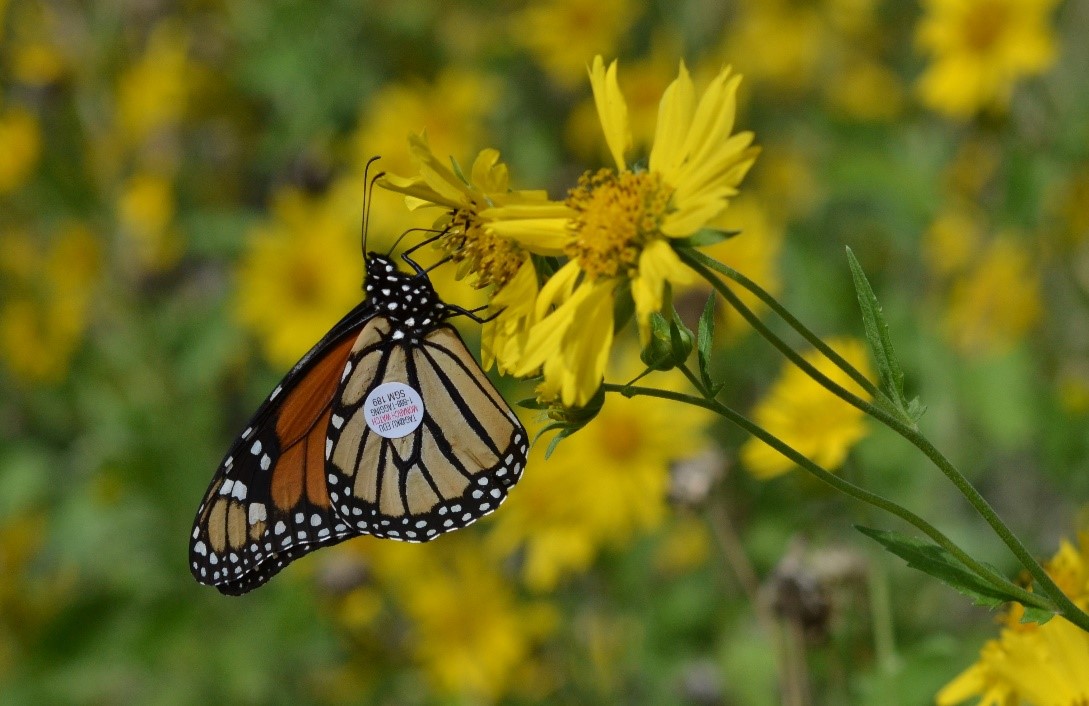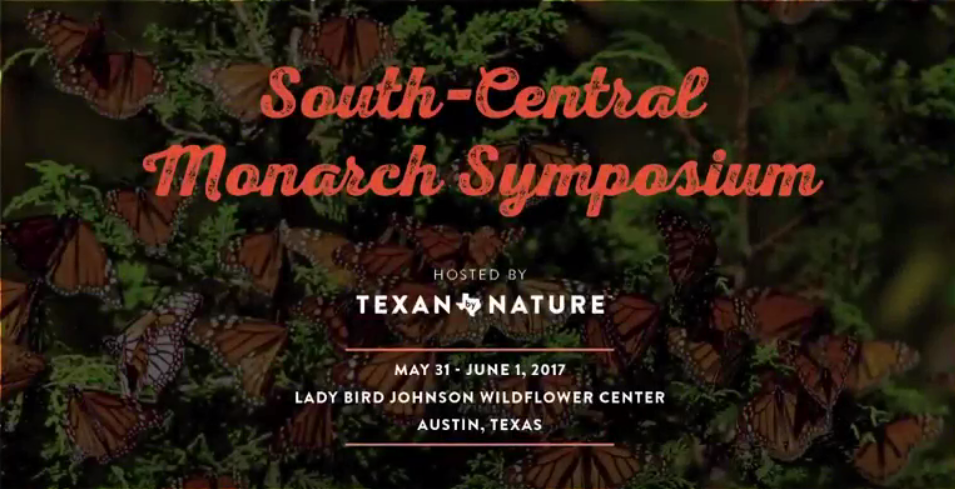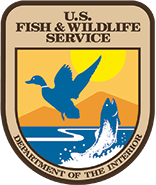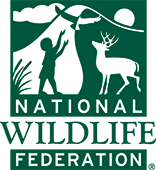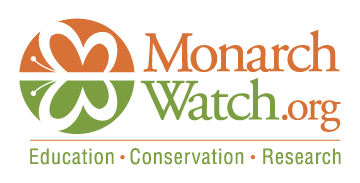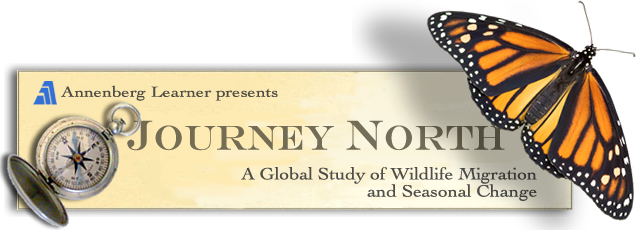The Monarch Butterfly
& Other Insect Pollinators
Texas is an important state in monarch migration because it is situated between the principal breeding grounds in the north and the overwintering areas in Mexico. Monarchs funnel through Texas both in the fall and the spring. During the fall, monarchs use two principal flyways. One traverses Texas in a 300-mile wide path stretching from Wichita Falls to Eagle Pass. Monarchs enter the Texas portion of this flyway during the last days of September. By early November, most have passed through into Mexico. The second flyway is situated along the Texas coast and lasts roughly from the third week of October to the middle of November. Early each March overwintering monarchs begin arriving from their overwintering grounds in Mexico. Seeking emerging milkweeds, they move through Texas laying eggs before dying. Their offspring continue heading north, leaving most of Texas behind, the first of several new generations of monarchs that re-populate the eastern half of the United States and southern Canada.
Downloadable Publications
How you can help protect monarchs
Texas Pollinator Bioblitz
- Observe and identify pollinators.
- Share observations by posting to Instagram or iNaturalist.
- Participate in daily observation challenges.
Symposium Presentations
Full length presentations by monarch researchers and conservationists (including 1st lady Mrs. Laura Bush) from the 2017 Texan by Nature South-Central Monarch Symposium.
